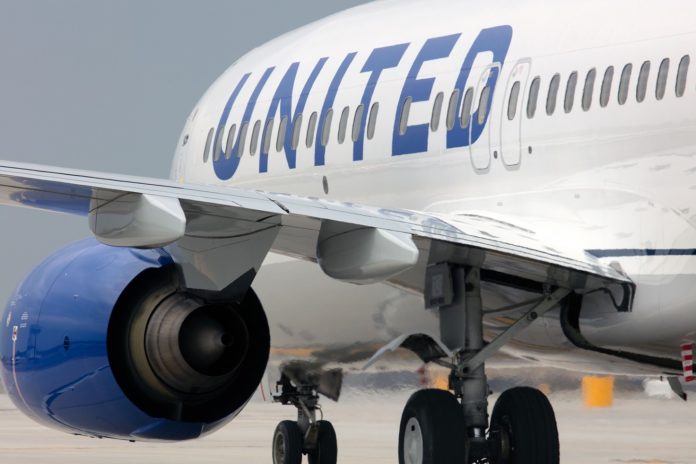The Star Alliance member believes routes to Asia will be particularly slow to rebound.
Chief commercial officer Andrew Nocella added: “Omicron disrupted close-in leisure demand in January across most regions, and cancellations did increase. Bookings and cancellations are now starting to return to normal. Business demand fell sharply in January versus early December … We remain optimistic that we’ll see a strong rebound [in business traffic] as we progress through the quarter, although that’s clearly linked to the virus.”
Nocella said United is particularly bullish on transatlantic routes. “We’ve definitely [planned] a lot of incremental capacity across the Atlantic for this spring and summer in anticipation of this recovery,” he explained. “I can tell you, in fact, we’re booked ahead from a passenger and revenue perspective on those flights this spring and summer already. And so, we’re ready to get flying. We do need to get past this latest omicron wave, but we feel really good about the future.”
However, like other airlines around the world, United does not see Asia routes recovering this year.
“We recognize that Asia will have a slower recovery,” Nocella said. “And we have moved those aircraft [previously designated for transpacific routes] elsewhere in the world, and we believe they’re going to be really productive where we’ve moved them to. We look forward to resuming our full schedule to Japan and China at some point in the future when we can.”
On the domestic front, United plans to rely less on regional flying because of a growing pilot shortage among regional airlines. “There are places that have fewer flights and there are unfortunately places that have no flights,” Kirby said. “We anticipated this. The big difference here is this is occurring at a faster pace than maybe we anticipated six to nine months ago … There will be communities that unfortunately don’t have United service in the future. And there will be communities that have fewer flights, and there will be communities that have fewer flights with bigger aircraft. And that’s kind of the outlook. We don’t expect this to really materially improve in 2022, and we’ll see where we go in 2023.”
























